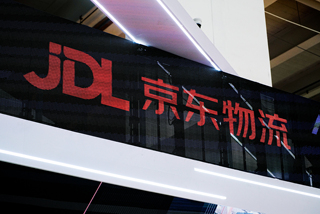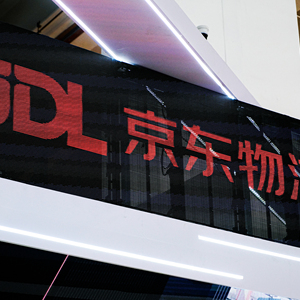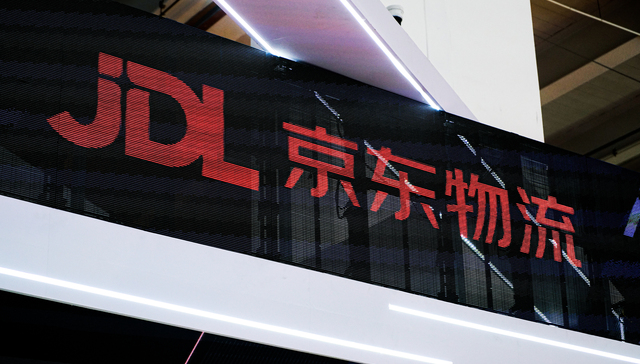By BAI Fan
Cainiao and JD Logistics, both offspring of e-commerce giants, will probably never cease to compete.
In their latest quarterly reports, Cainiao grew by 34 percent, and JD by 31.2 percent. JD clocked over 40 billion yuan (US$5.5 billion) in revenue, and Cainiao 23 billion yuan.
Both Cainiao and JD Logistics plan to follow pretty similar strategies going forward. Aside from their own e-commerce platforms, external income is the way forward for both. Key clients hold particular significance.
Cainiao has close partnerships with Nestle, P&G, and L'Oreal and collaborates with BYD and Changan Auto. JD has Volvo and Li Auto. External revenue constitutes around 70 percent of both companies' incomes.

In the move away from low-cost services for e-commerce, quality and efficiency are trending.
JD's tailored supply chains have met with widespread acclaim, strengthening collaboration and engagement. Cainiao shortens routes and delivers direct-to-consumer for companies like Nestle and Danone.
With its origins in Taobao, Cainiao's diverse and resilient services cater to the complex needs of countless product categories. On the other hand, JD is famously fast, primarily for electronics, but has expanded and diversified.
Both have enlisted partners. After incorporating Deppon, around a quarter of JD Logistics' total revenue is attributed to this collaboration. In early June, Cainiao acquired a 25-percent stake in STO Express, sparking speculation about consolidation.
As live-streaming and content-based e-commerce gain traction, new logistical demands will emerge, forming a new arena for both. Crafting a supply chain ecosystem aligned with China's market will be the next focus for major logistics companies.
While Cainiao and JD Logistics have invested heavily in supply-chain strategies, the overall Chinese supply-chain industry remains in its nascent stages, well behind international standards.





